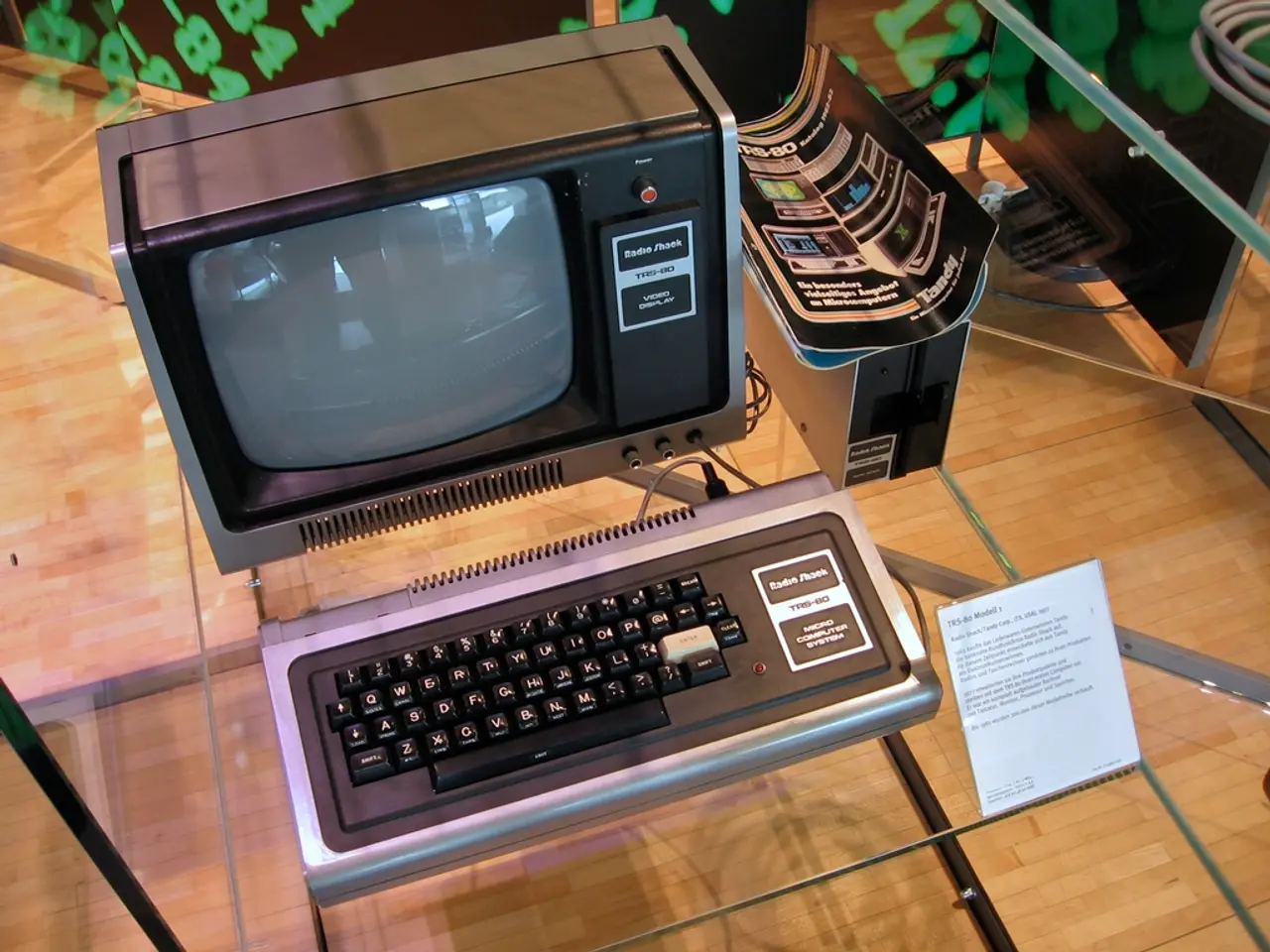Gigabyte stealthily removes Gen5 PCIe 5.0 GPU compatibility on B650 motherboards in F35 BIOS update, recommending users to stay on F34 version for unauthorized PCIe 5.0 support.
In a move aimed at ensuring stability and reliability, Gigabyte has removed unofficial PCIe 5.0 GPU support from its B650 motherboards with the latest BIOS updates. This decision follows feedback and testing, revealing that running GPUs at PCIe 5.0 speeds on these boards can lead to unpredictable behavior, returns, and compatibility issues.
According to AMD's official specifications, the B650 chipset only supports PCIe 5.0 lanes for SSDs (typically 4x lanes) and not for graphics cards on the primary PCIe x16 slot, which is officially limited to PCIe 4.0. However, some B650 boards share PCB designs with their higher-end B650E or X670E counterparts, allowing unofficial PCIe 5.0 GPU support in early BIOS versions.
The impact of this removal on mid-range chipsets and future board designs includes performance trade-offs, clarification of chipset capabilities, and influence on motherboard design. Running GPUs at PCIe 4.0 instead of PCIe 5.0 can cause measurable performance drops in certain high-demand workloads or games, notably up to a 3–5 FPS decrease in intensive titles, according to benchmark reports.
This decision also helps align BIOS behavior with AMD specs, preventing instability from unsupported configurations and aiding in the clear segmentation of market tiers. Future mid-range boards (B650 or equivalent) are likely to adhere strictly to official PCIe lane configurations, avoiding enabling features through shared PCB layouts that exceed chipset specification limits.
For users who value the Gen 5 toggle, staying on BIOS F34 might be the best option. However, Gigabyte has replaced BIOS F35 with F36, which keeps the PCIe 5.0 option disabled. It's worth noting that rolling back to BIOS F34 brings PCIe 5.0 support back, confirming this was a BIOS functionality change.
MSI's insider suggests that more vendors might start locking down "hidden" Gen 5 support on mid-range boards, reinforcing the distinction between mid-range and premium platforms. This move by Gigabyte could reinforce AMD's segmentation between B650, B650E, and X670E chipsets, emphasizing the need for users seeking PCIe 5.0 GPU support to consider "E" series or higher-end motherboards designed and validated explicitly for that purpose.
As always, it's crucial to stay informed about the latest developments in the tech industry. For up-to-date news, analysis, and reviews, consider following Tom's Hardware on Google News.
The removal of unofficial PCIe 5.0 GPU support from Gigabyte's B650 motherboards highlights the importance of technology adhering to specifications, as running graphics cards at these speeds on these boards can lead to unpredictable behavior. This decision might influence future board designs to stick to official PCIe lane configurations, as using premium features through shared PCB layouts that exceed chipset specification limits may be phased out.




